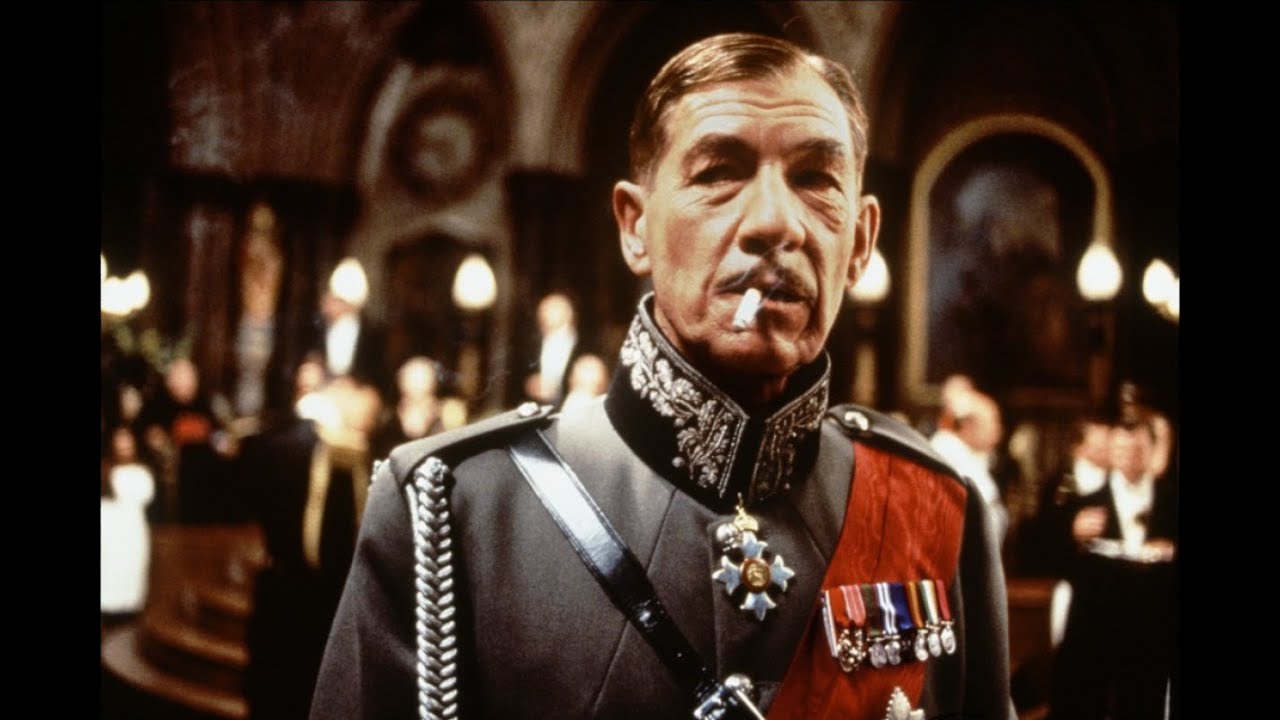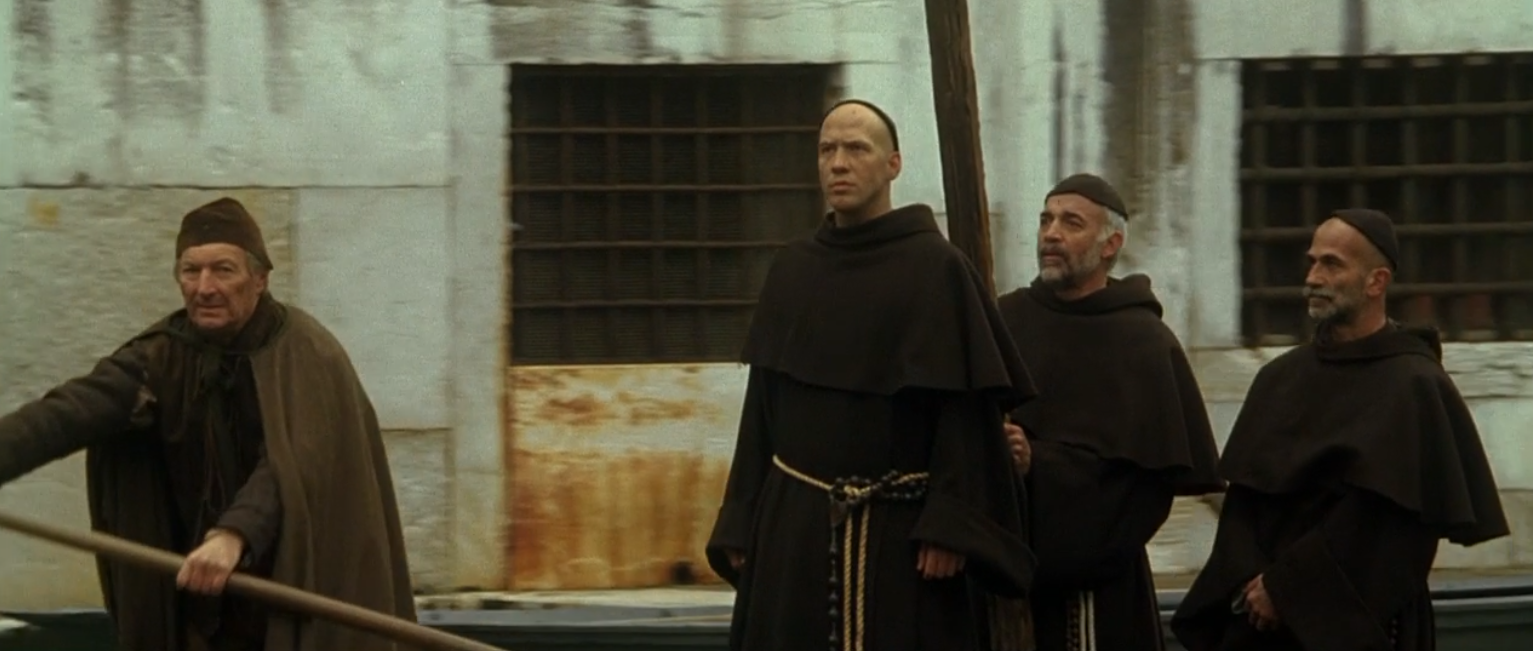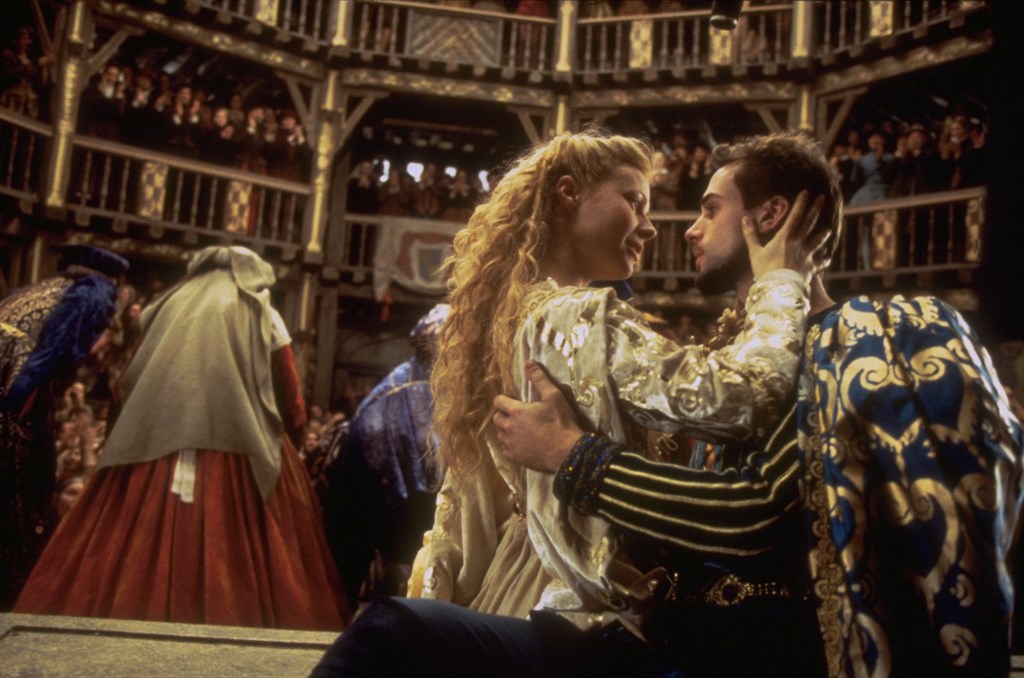Film as an art form is constituted by light, illusion of movement, and the manipulation of space and time. This section covers the basic vocabulary for film analysis. While the sculptural art is primarily concerned with space and music unfolds in time, films have both temporal and spatial axes. Films manipulate time and space in a number of ways.
A film adaptation transfers a dramatic or literary narrative to the cinematic form. Far from being “derivative” or a secondary form of art, film adaptations are highly original artistic ventures.
Formalism, a filmmaking approach advocated by Sergei Eisenstein in the Soviet Union in the 1920s, is now a classic Hollywood style that gives meanings to the dramatic action through film techniques.
Realism in film theory refers to the filmmaking strategy that emphasizes the value of film as a documentary medium. Realism was advanced by the French critic André Bazin and German film theorist Siegfried Kracauer in the 1930s.
Film as an immersive medium is designed to make its conventions of artificial reality “invisible” to the viewers. Our first task is to see beyond what Dave Monahan and Richard Barsam have called “cinematic invisibility.” Watch a film at least twice so that you can reverse engineer some of its key scenes.
Many screen adaptations of the classics are informed by social justice concerns. Films construct a social space—a space for socialization and discussion of social justice issues—where the characters’ and audiences’ universes intersect. Some films imagine the classics to have a remedial effect on our society. Others illustrate the questions of inequities raised by the familiar, canonical story. These works use their literary sources to host social reparation.






